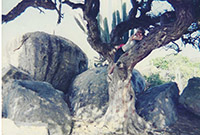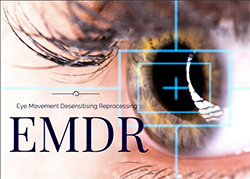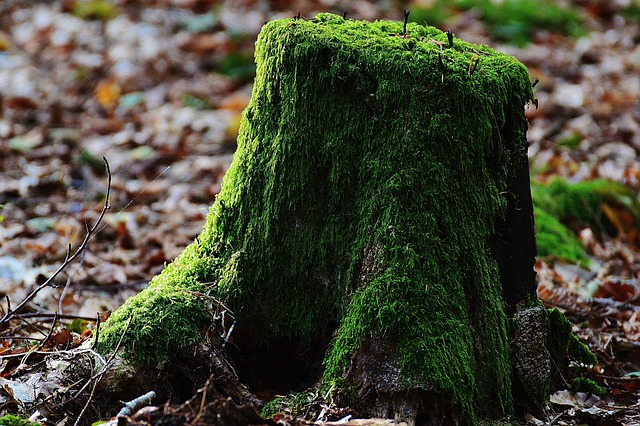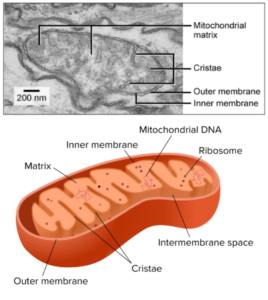Does consciousness exist in all things? Some argue that consciousness emerges from the human brain and it doesn’t exist in other living things (monism), or it is separate from the human body (body-mind-spirit: dualism), or there is consciousness in all things animate and inanimate (panpsychism).
The concept of panpsychism first appeared in 600 BCE but was dismissed as it could not be proven scientifically. A more recent scientific discovery is beginning to lend credence to panpsychism, but more on that subject in a moment.
Is There Consciousness in All Living Things?
My guides indicate there is a vast consciousness which connects everything, and everything exists within this stream of consciousness at different levels. Our deceased relatives vibrate at a higher vibratory level (love), which is how they are able to travel through various layers of consciousness.
Does Consciousness Extend to Plants and Trees?
Buddhists believe all conscious creatures are sentient beings (feel pain) although each is ranked at a different level. Buddhists do not believe plants are conscious beings because they do not have positive and negative experiences.
There are several schools of thought around plant consciousness, both for and against the idea of plants having a state of sentience or consciousness.
“Plants use a huge proportion of their genes to sense their environment, make decisions about how best to look after themselves and act on them. Whether this is ‘consciousness’ or ‘intelligence,’ I can’t say, but it is certainly complex and interesting.” – Claire Greirson, plant biologist, University of Bristol

Trees Speak to Me
Trees talk to each other through their root systems, animals signal to each other using sounds to indicate that danger is coming before they see it, and mountains shift and stones roll away based on connections and communication deep within the earth.
Even “dead” tree stumps have life. Their root systems (mycorrhiza) release strigolactones to promote changes in mitochondria, respiration, and other systems.
“The trees in a forest care for each other, sometimes even going so far as to nourish the stump of a felled tree for centuries after it was cut down by feeding it sugars and other nutrients, and so keeping it alive,” – excerpt from The Hidden Life of TREES.
At times, trees, plants, animals and even fish can reach out through collective consciousness to human beings and alert them. I’ve had trees tell me they were about to be cut down. I’ve had fish tell me their habitat was about to be disrupted. I have had animals tell me of their experiences. And I’ve had animal spirits express remorse over conflicts in the distant past (Grant Park and the burning down of Atlanta during the Civil War).
The Common Denominator Among Living Things: Mitochondria
Scientists have recently discovered that mitochondria – which exist in all living things – are social and communicate with each other. The discovery is significant as “mitochondrial biology may facilitate cross-talk across disciplines towards increasingly holistic and accurate models of human health.”
“Similar to individuals among social networks, mitochondria communicate with each other and with the cell nucleus, exhibit group formation and interdependence, synchronize their behaviors, and functionally specialize to accomplish specific functions within the organism.” – National Institutes of Health
Improve the Aging Process by Boosting Your Mitochondria
Mitochondria extract energy and transform it into another form of energy: adenosine triphosphate (ATP). When mitochondria are dysfunctional, other cellular processes are disrupted too, so it’s important to give your mitochondria a boost when you can. According to Sara Adaes, PhD, there are ten ways we can boost these cells:
- Reduce calories (fasting)
- Exercise
- Include Mitochondrial nutrients in your diet (B vitamins, coenzyme Q10, vegetables)
- Sleep
- Relaxation
- Sunlight
- Red/near infrared light therapy
- Cold exposure
- Heat Exposure
- Increase NAD+ (via supplements or naturally)
Note: Please contact your medical practitioner before considering adding supplements to your diet.
Cellular Memory and You
While individual cells may not house consciousness, scientists are discovering that cells do have memories. Traditional Chinese Medicine offers the belief that we store memories of traumas and experiences in both our cells and organs. Additionally, there are stories of heart transplant recipients whose tastes change after receiving a heart transplant.
“The idea that other parts of our body could store the memories that make us who we are now has enough ground to be a scientific cellular memory theory that researchers are exploring. Named the “living systems” theory, this cellular memory theory states that each cell has the ability to store memory, and also houses decision-making functions within them.” – Subtle.Energy
 If you are concerned about past trauma effecting your cells and organs, there are multiple therapies available to address it including EMDR (Eye motion Desensitization and Restoration), Massage Therapy, and Psychotherapy. I’ve used EMDR successfully in the past to reduce the impact of a traumatic fire event. Learning to come to terms with past trauma heals you down to the cellular level.
If you are concerned about past trauma effecting your cells and organs, there are multiple therapies available to address it including EMDR (Eye motion Desensitization and Restoration), Massage Therapy, and Psychotherapy. I’ve used EMDR successfully in the past to reduce the impact of a traumatic fire event. Learning to come to terms with past trauma heals you down to the cellular level.

